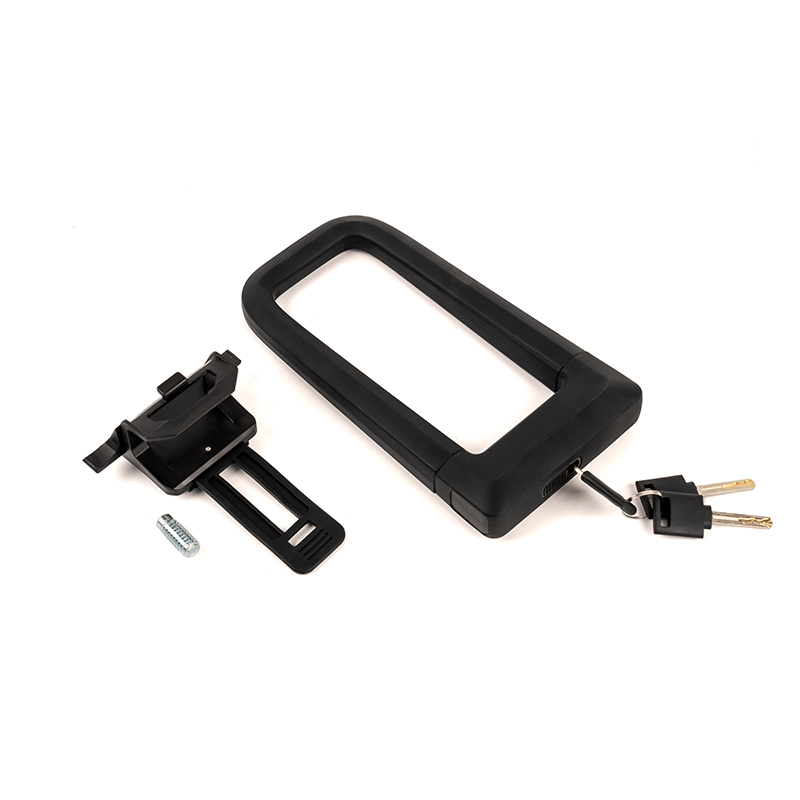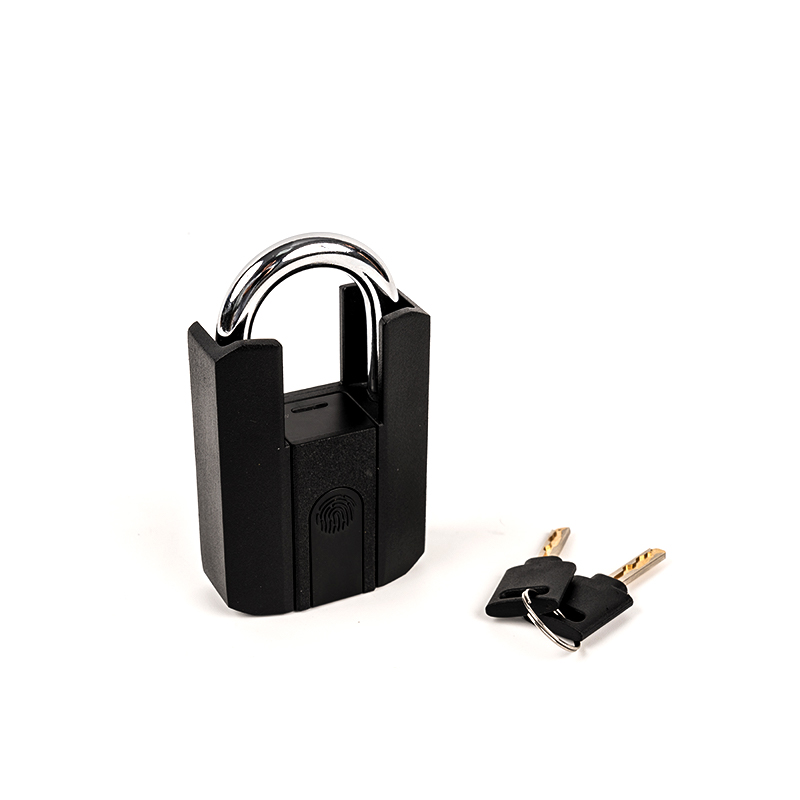In the lock industry, heat treatment hardness is one of the important indicators to measure the quality and durability of locks. For HRC55°~60° Heat Treatment Hardness Chain Lock, ensuring that its hardness reaches the standard is crucial to ensure the safety and service life of the lock. So, how to judge whether the hardness of this lock meets the standard? Here are some common methods and steps.
We can use the hardness test method to check whether the hardness of Chain Lock meets the requirements. Commonly used hardness testing methods include Rockwell Hardness Test and Vickers Hardness Test. These test methods determine the hardness value by measuring the depth of indentation on the lock surface under a certain load. When conducting tests, it is necessary to ensure that the selection of test points is representative and that the test conditions (such as loading force, loading time, etc.) meet the standard requirements to obtain accurate and reliable test results.
We can judge whether the hardness of the lock meets the standard by observing the appearance and manufacturing process of the lock. Generally speaking, the surface of Chain Lock that has been heat treated to reach HRC55°~60° hardness should be smooth, flawless, and have a certain gloss. At the same time, the fineness of the manufacturing process will also affect the hardness of the lock. If the manufacturing process is rough and there are obvious casting defects or processing marks, then its hardness is likely to fail to meet the requirements.
We can also refer to the quality inspection report or certificate of conformity provided by the manufacturer to determine whether the hardness of the Chain Lock meets the standard. These documents usually detail the hardness test results and other relevant performance indicators of the product, providing us with a direct and reliable basis.
It should be noted that the hardness test is only a method to determine whether the hardness of Chain Lock meets the standard, not the only standard. In practical applications, we also need to comprehensively consider other performance indicators of the lock, such as impact resistance, wear resistance, etc., to comprehensively evaluate its quality and performance.
Determining whether the hardness of HRC55°~60° Heat Treatment Hardness Chain Lock meets the standard requires comprehensive consideration using a variety of methods and means. Through hardness testing, appearance observation and manufacturing process inspection, as well as referring to quality inspection reports, we can accurately evaluate the hardness of the lock to ensure that its quality and safety meet the requirements.
- Tel: +86-574-88406201
- Email: [email protected]

 English
English русский
русский Español
Español عربى
عربى











